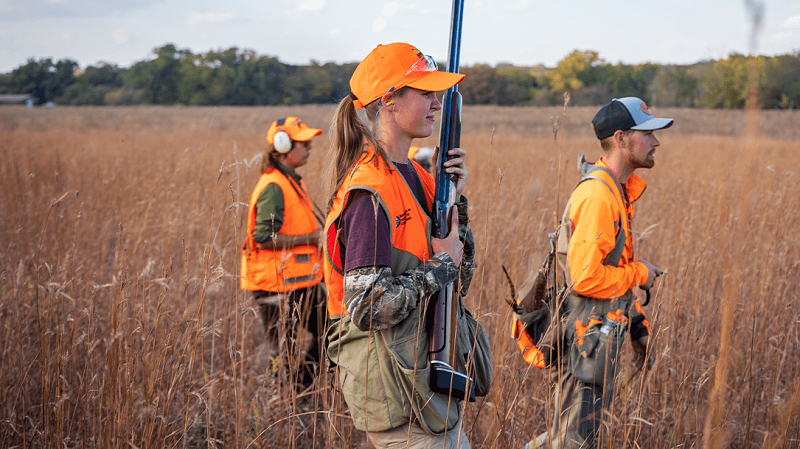Local News
The significance of hunter education standards and firearm safety

Bismarck, North Dakota – In North Dakota, most of the hunting seasons have ended. If you require a hunter education certification, now is a good time to start making plans for the following year. According to state law, anyone planning to hunt in North Dakota who was born after December 31, 1961, must complete hunter education.
“If you’re needing certification through the hunter ed program, now is the time to start looking. Across the state, the majority of our classes are taught from about the middle of January through June,” said Brian Schaffer, NDGF hunter education coordinator.
In North Dakota, there are two ways to complete the hunter education requirement.
“First is what the majority of people have taken over the last 40 years and that’s the traditional course, which is 14 hours of all in-person learning. And then our other option, which is gaining popularity just due to people’s busier and busier schedules, is our home study option, which still requires two meetings in person, the first night and the last night,” said Schaffer.
Gun safety is the main topic of discussion in hunter education.
“Whether that’s storing them in the home, transporting them in a vehicle, or using them out in the field, firearm safety is the number one priority of our hunter-ed program. But in addition to that, we’ll also talk about wildlife conservation, landowner relations, and just basic safety in the field as a hunter,” said Schaffer.
There are multiple methods for learning when these state-wide hunter education programs are offered.
“The best way to find out about hunter education in your community is to sign up for our text or email alerts on our website and select hunter education, and that will inform you of whenever we list a class, whether it’s in Bowman or Grand Forks, it’ll inform you of when we have a course in your community,” said Schaffer.
This year marks a significant milestone for the North Dakota hunter education program, which was established in 1979.
“We’re going to be hitting a quarter million graduates this coming year. And that’s a testament to all our volunteers from Grand Forks to Bowman, who teach hunter-ed in their communities. Some of them have been teaching it since the program’s inception. And it’s quite the accomplishment in a state that doesn’t even have a million people living in it, that over the last 40 or so years, we’ve taught over a quarter million hunter education students and made hunting safer, not just for hunters, but everyone in North Dakota,” said Schaffer.
Call 701-328-6300 to reach the Game and Fish Department about volunteering as an instructor.





